Hello everybody and welcome to another installment of looking at the weirdest cards. Only this time, we're not looking at Yu-Gi-Oh, but instead at Magic: The Gathering. Historically, we haven't covered much Magic on the site and when we do, it's almost always for some significant announcement and we don't have a lot of "fun" articles here for it.
With my little series of articles talking about weird Yu-Gi-Oh cards and how positively received those articles have been, I think we can have some fun and talk about similarly bizarre cards in Magic. Anyone who knows a good deal about Magic's history will be able to tell you that the game contains a plethora of downright absurd card designs, particularly from the earlier days of the game. That's not even talking about Unglued/Unhinged cards either, which for the sake of fairness, won't be included in articles talking about weird Magic cards. Only black-border cards that are intended to function as cards one would actually play.
Magic was the very first TCG ever created, and as you can probably expect, trying to put its foot out there was not without some design decisions that don't reflect what you find in more modern cards. It's always thought-provoking and fun to see what exactly went into the minds of the game developers at the time, and what the game could've been had these designs been a more standardized part of the game.
With that in mind, let's take a look at some weird Magic cards. Some of them you may even recognize as how different they are to the rest of the game has certainly cemented their place into the game's history and the memories of many players.
Chaos Orb/Falling Star
We're starting things off with a two-fer, and that's because these cards do basically the same thing. Both of these cards require you to flip them onto the playing area of a height of at least 1 foot (or 30cm, give or take) off the playing field, and it has an effect on any cards that it lands on, and then you put the cards into the Graveyard. In that doesn't sound like an Unglued card, then I'm not sure what does. What follows after this is where the two cards differ.
Chaos Orb destroys any cards that it touches when it lands, whereas Falling Star deals 3 damage to any creatures it touches when it lands (and also taps them) and has no effect on non-creature cards. Interestingly, Falling Star has a weaker effect than Chaos Orb and yet it costs more mana. I'm going to chock this up to simply that both cards are two of the oldest cards in the entire game and the card designers were still trying to figure out exactly what they wanted to do with the game.
Because of exactly how weird this effect is, it naturally creates some ruling questions and general annoyances. As far as I'm aware, there's no rule anywhere stating that you must place your cards within a certain proximity of each other. If you have 4 cards in play, they could all be right next to each other, or you could be putting one at each corner of your table. If you're playing against a person that you know is playing Chaos Orb (which would be an incredibly rare sight given that the card is not only rare and expensive, but is also illegal in every format except for non-sanctioned games), then you could possibly take advantage of these quirks. Most people would consider it to be poor sportsmanship, but you technically are allowed to do it.
What also exists is an urban legend of players tearing their copies of Chaos Orb into multiple pieces and throwing them all around on the table, and each piece of the card would count as the card. This is the inspiration for the Unglued card, Chaos Confetti.
Floral Spuzzem
Floral Spuzzem is a card that you may be likely to see come up in conversation of strange Magic cards, and of course it's naturally a very old card too. In all fairness, the actual ability itself isn't very bizarre, but rather just the way it's phrased on the card. What Floral Spuzzem does is that if attacks your opponent without being blocked, then you can negate the damage it deals and then choose an artifact your opponent controls and destroy it.
The reason this card tends to come up in conversation is simply because of some non-standard wording in which the card says "Floral Spuzzem may choose..." as if the card itself is coming up with the decision to trigger its effect. Because of this, it's frequently joked about by players that the card is sentient and you may encounter people joking about slow play or it taking forever to make a decision. This unfortunately is not the Yu-Gi-Oh anime where Monsters appear to at least have some amount of sentience, and it may take a while if you're relying on a piece of paper to make a choice.
Ice Cauldron
Ice Cauldron is a card that makes the list of strange cards to many players because of how difficult it is to read, and how much it requires all players to keep track of at one time to the point where it knows that trying to do that entirely in your brain will be challenging.
Reading this card properly will most likely take multiple readthroughs, but the card effectively works as a storage unit for spells that your opponent can't easily get rid. You can tap it and spend any amount of mana to put attach a non-land card from your hand and a counter onto it. At this point, you'll have to take note of how much mana you spent to activate this ability and exactly what type of mana you spent. This is important for the next step.
You can then tap it and remove it the counter on it to add the exact amount of mana you spent to attach the counter and card in the first place, and then that mana can only be used to cast the card attached to Ice Cauldron. After maybe about your third or fourth readthrough of the card, you'll finally understand exactly what it does. It's actually not as complicated as it initially looks, but it asks you to keep track of several things that you normally wouldn't need to do.
Interestingly enough, if Ice Cauldron gets destroyed while it has a card attached to it, you can still play that card as though it were in your hand. It however is still considered to be in exile and not on the battlefield or your hand, meaning that there are much fewer ways for your opponent to be able to get rid of it before you can cast it. The downside is that you won't be able to access the mana you put into Ice Cauldron.
Braid of Fire
Braid of Fire is the newest card to appear on this article printed in Coldsnap in 2006, and it's another card that frequently gets mentioned when the subject of strange cards in the game is brought up. In the case of this card, it's because of how it uses the Cumulative Upkeep mechanic. Cumulative Upkeep was a mechanic used from 1995 to 1997, though it was brought back for Coldsnap for the sake of continuity with Ice Age, which was the first set to use the mechanic. It's also widely considered to be one of the worst mechanics in the game, and hasn't been seen since.
How Cumulative Upkeep works is that during your upkeep, you place an "age counter" on the card and then pay the Cumulative Upkeep cost for each age counter on the card. If you can't pay it or don't want to pay it, the card gets destroyed. For example, a card with a Cumulative Upkeep of 1 requires you to spend 1 mana on your first upkeep, then 2 on your second upkeep, then 3 on your third upkeep and so on. In other words, the upkeep cost is "cumulative", hence the name.
Most of the time, Cumulative Upkeep costs are some amount of mana, though some cards (and this is especially prevalent during Coldsnap) would ask for some other payment such as paying life or sacrificing a creature. This is where Braid of Fire comes in, as it's Cumulative Upkeep cost is to... add 1 red mana to your mana pool? Your eyes do not deceive you, adding 1 red mana is the cost of the upkeep.
This effectively turns it into a ramping tool that gets stronger each turn. Why exactly would they print a card with a Cumulative Upkeep that actively helps you? That would be because of mana burn. Mana burn was a mechanic that existed around this time where you would take damage if you had unused mana in your mana pool that wasn't simply just your untapped lands. The idea here is that you would keep gaining more mana, and if you couldn't pay it, you would keep taking more damage. With mana burn gone from the game though, this downside on the card is no longer relevant.
Shahrazad
Shahrazad is one of my favorite cards in the game, and is also one of the most famous cards in the game, solely because of how ridiculous and annoying it is. It is rather bizarre that it's not a creature as the card's sole focus and name is on Shahrazad (or Sheherazade), a character from the 1001 Arabian Nights story, but that's not even the least of why this card is so iconic. It's also one of the very few cards in the game that is outright banned in every sanctioned format, meaning that non-sanctioned games are the only place where it's possible to encounter this card.
The card's effect is that it simply stops the current game, use your current deck at the time as a deck for a new game. When that new game is over, you return to the original game with the loser of that game losing half of their life. Although often thought of as a "restart the game" effect, it doesn't exactly function that way as even though you do start a new game, you will eventually return to the original game in the exact state that it was in when the card was played.
This appears to represent Sheherazade delaying her execution by telling the king a story every night and stopping in the middle so the king would spare her life for another day to keep hearing her stories. Similarly, by playing the card, you are delaying the game by starting a new one in the middle of the current one. You can even play another copy of Shahrazad in the middle of a subgame to create a subgame within a subgame. This effect can even duplicated to create a huge chain of subgames. If your opponent also happens to be playing Shahrazads, then the chain can go on even further.
Going even further, a card like Burning Wish can even grab cards from the main game and put it into the subgame. Grab another Shahrazad? Although this effect does have a practical purpose within the game, it ultimately served moreso to just annoy your opponents, which is ultimately what lead to the card being completely banned.
Goblin Game
Goblin Game is a card that reads like an un-set card, but it isn't. It also has quite possibly has the most "out-of-game" interactivity of any card printed in any card game ever made. Hilariously, how the card normally functions in practice is far different than how the card is actually intended to function. You may also think that similar to Shahrazad, the card would be banned due to how impractical and difficult it would be to enforce this in a tournament setting, but you'd be wrong. The card is actually perfectly legal.
The way it's intended to work is that each player hides a number of items (such as coins or dice), and then after everyone is ready to, they reveal all the items at the same time. Players lose 1 life for each item they reveal, and the player(s) who revealed the fewest number of items loses half of their life. This means that you're trying to hide and reveal the fewest amount of items that you believe you can get away with without being the person who has the fewest overall. Your opponents will be trying to do the same thing, and this creates a scenario where you'll have to try to think what you believe the other people will do, and they will be trying to do the same.
The actual way that the card will typically function is that each player will choose a number (and write it down to prevent them from changing it later and to prove they were thinking of that number), and each player will lose life equal to that number with the player who wrote the smallest number losing half of their life. According to official rulings, this is a perfectly legal way to resolve the card effect. Even if you do have a lot of items to hide, this will seem to be the method that most people will want to go with.
If your opponent(s) do decide to go the route of trying to find items to hide though, you can choose to just hide cards from your deck and if you want to be really fancy, claim something like "I'm hiding red blood cells. They're in my body." (though the revealing step of that would be quite tricky). While your group is gone, there's also your chance to sneak a Cheatyface onto the field or try to subtly mess with your opponent's board.
One part of the card that seems overlooked is that each player loses life and then the player who revealed the fewest loses half their life. The part where the player loses half of their life isn't instead of the number of objects they chose, but according to the wording, it's actually in addition to the number of objects they chose. Mind you, you're also paying 7 mana for this effect.
Divine Intervention
Divine Intervention is the final card of this article, and it makes the list for being an alternate win card that isn't an alternate win card at all. Its effect is that it enters the battlefield with two counters on it. You remove a counter on your upkeep and when the card has no counters on it, the card ends in a draw. You may remember in my first article of weird Yu-Gi-Oh cards, I brought this card when I mentioned Self-Destruct Button. Just like that card, this card actively cannot win you the game and its only effect is to force a draw.
This does create the question of how exactly the card came to be and why exactly the card designers would create a card that has the sole intention of forcing a draw, and also why one would play it. One may try to propose an argument that they "won" the game since the game ended on their accord and they successfully resolved the effect, though there are many that will try to oppose that argument. Unlike Self-Destruct Button, the card is perfectly legal in competitive play, so you're more than welcome to try to go to a competitive event and force draws if you really want to.
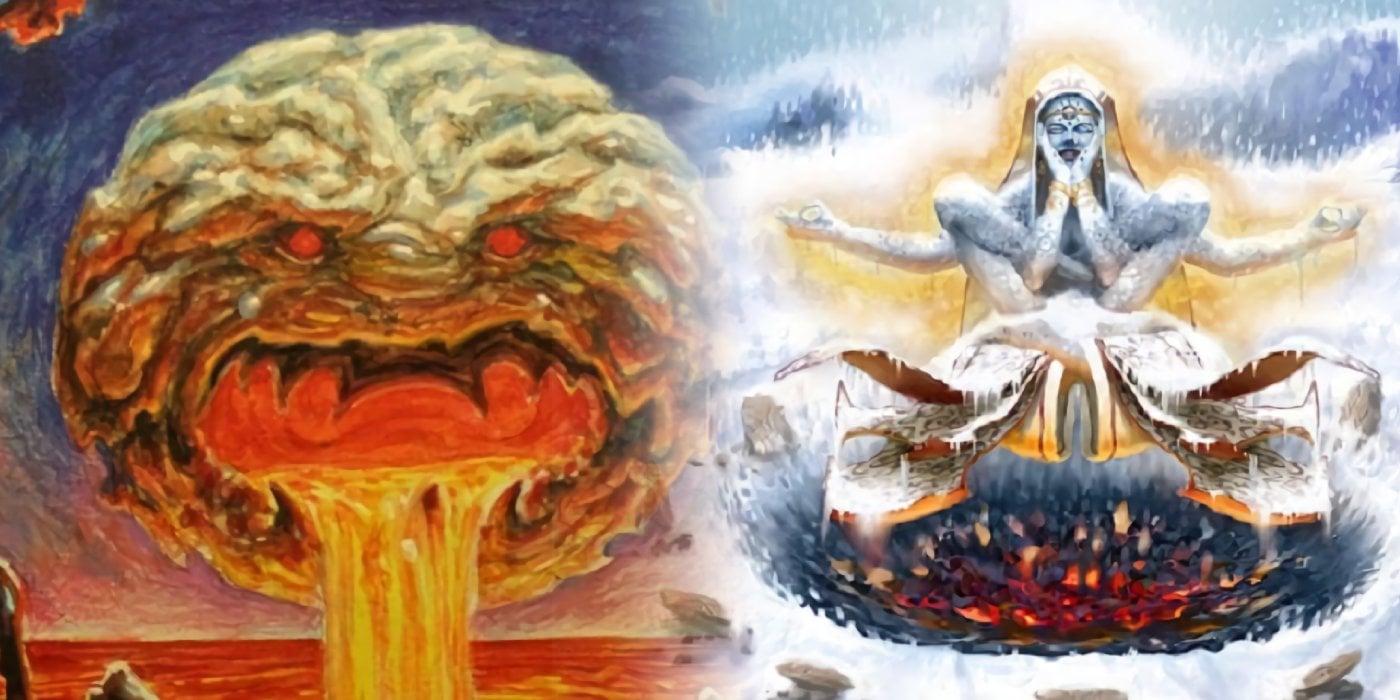
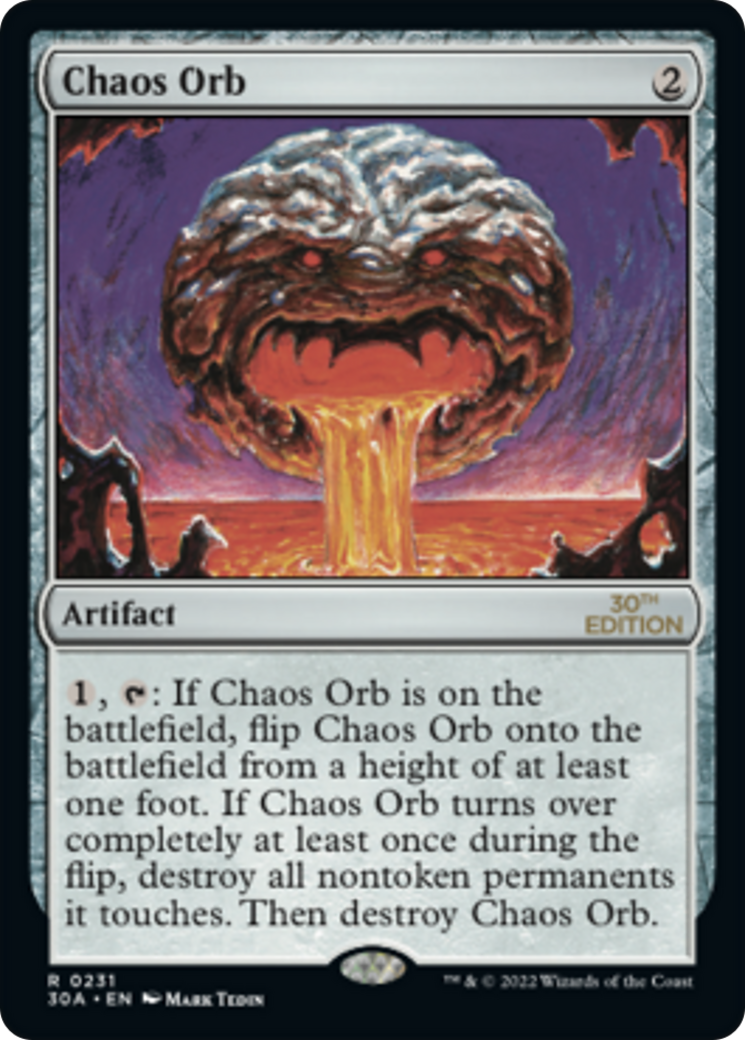
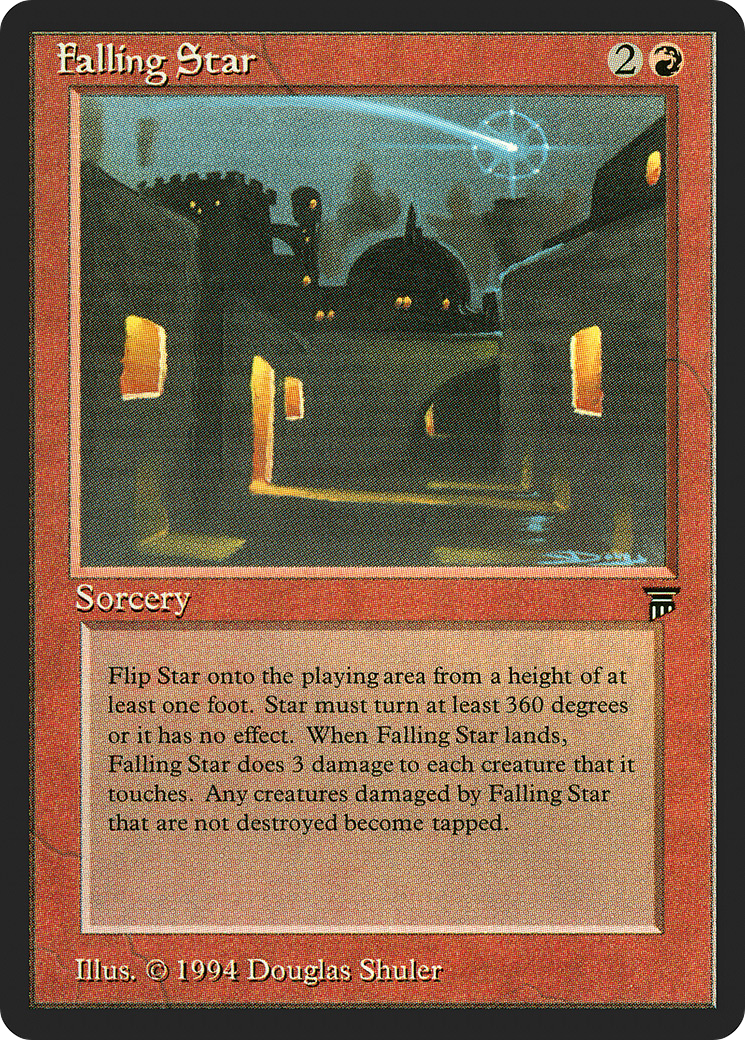
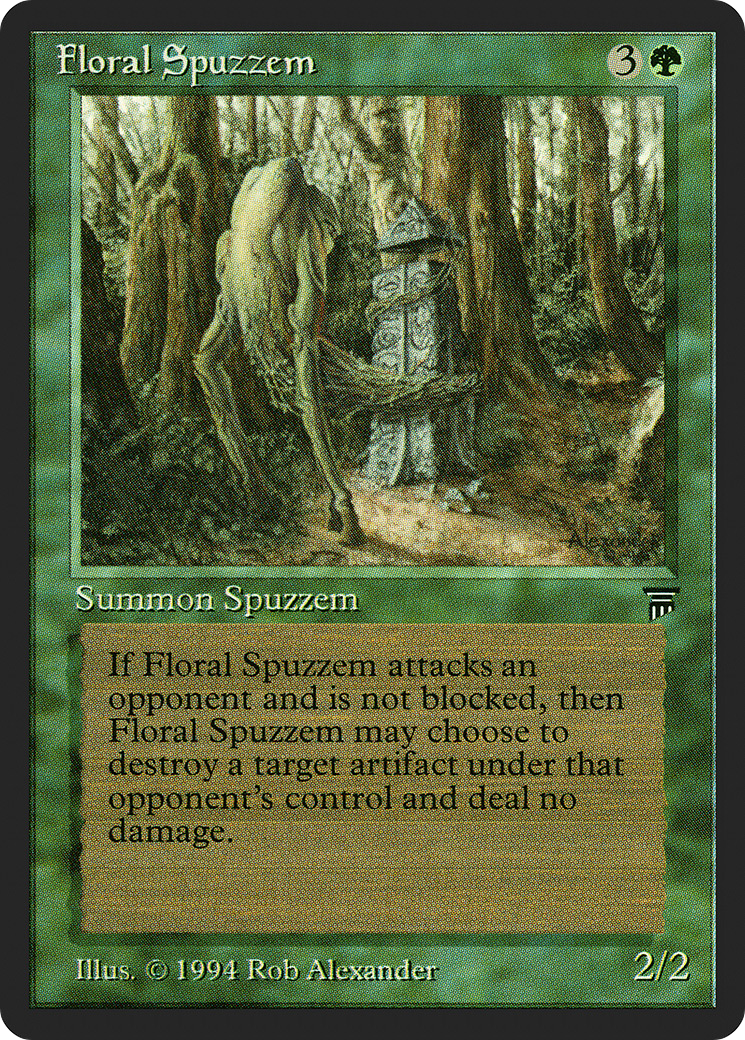
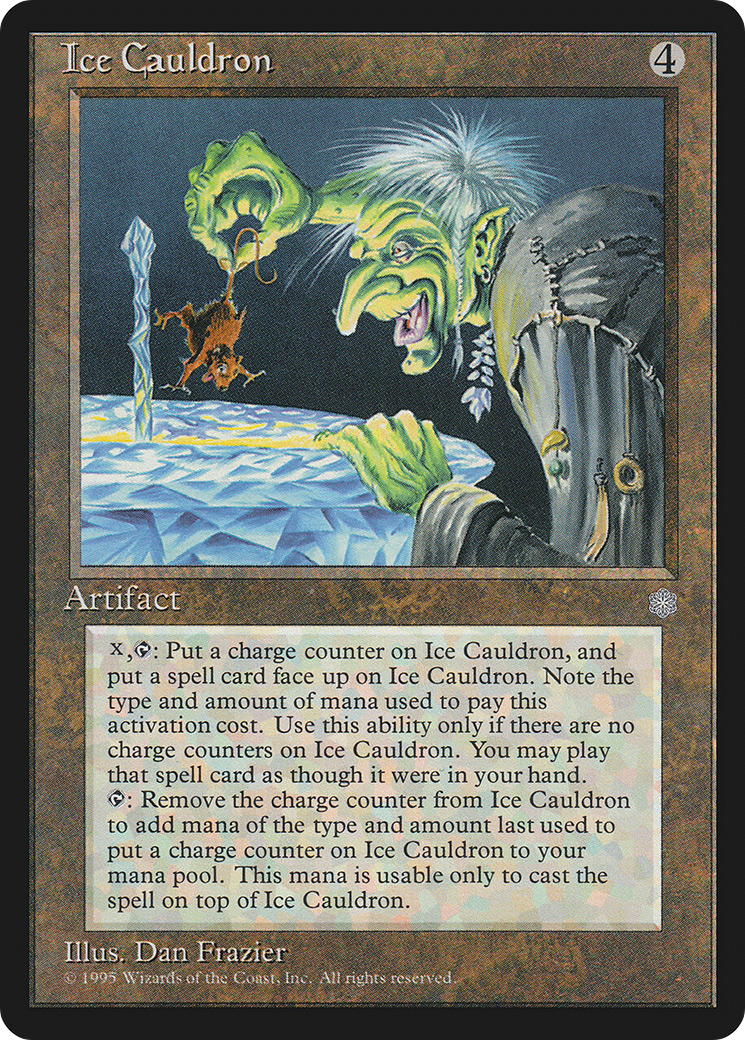
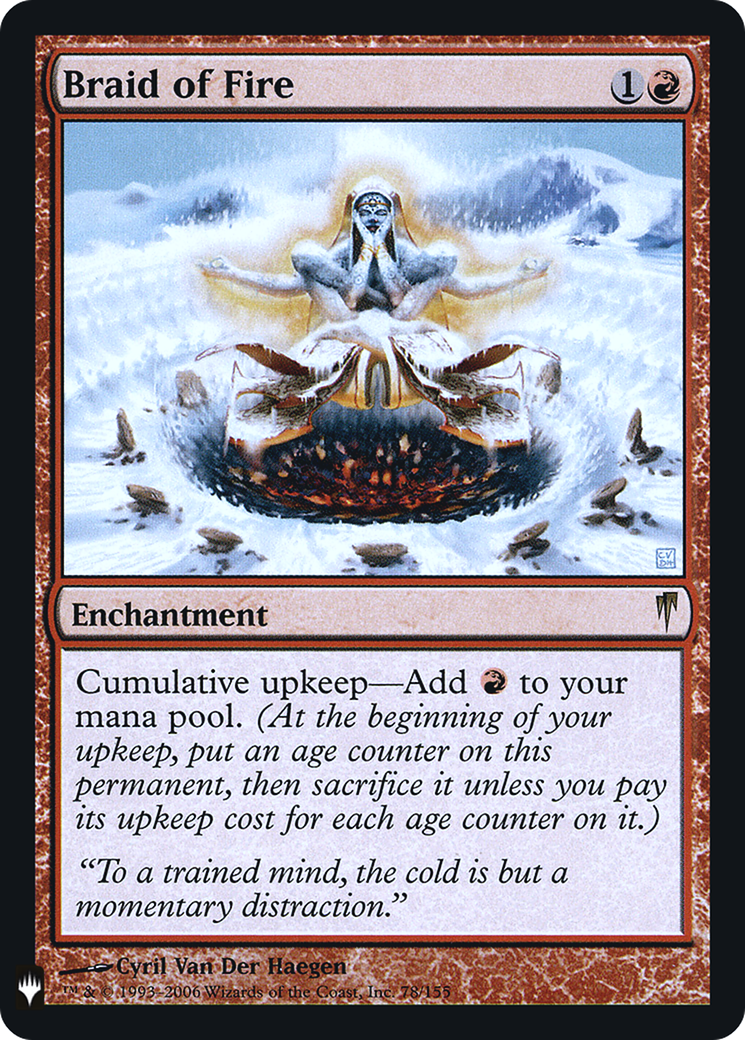
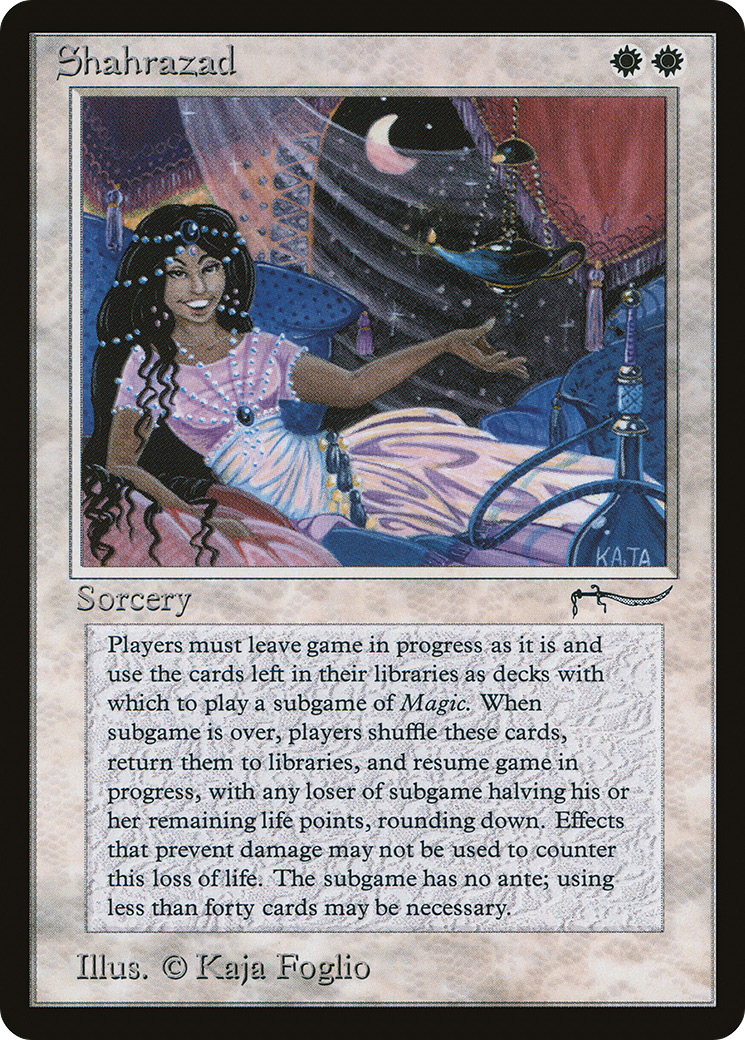
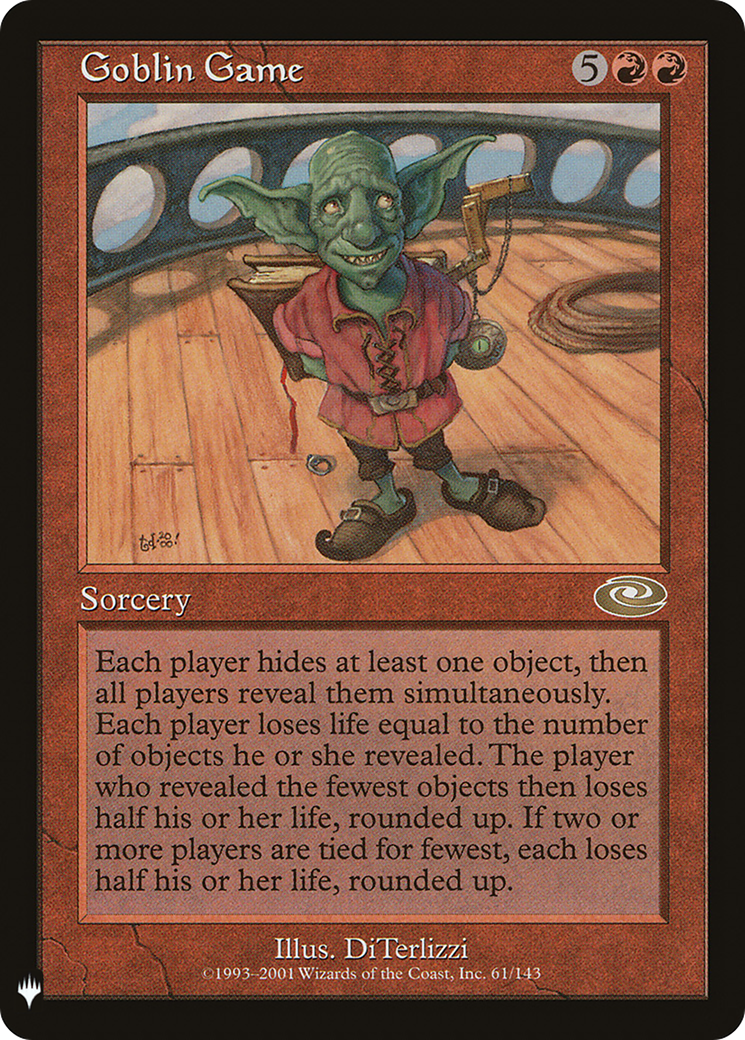
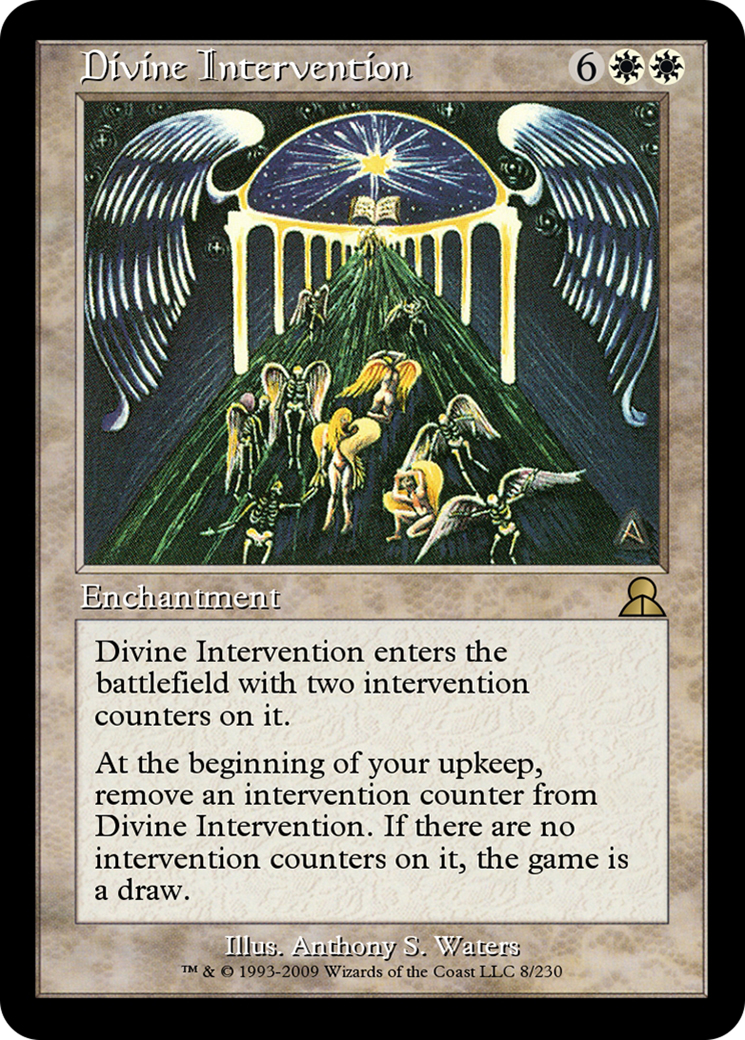
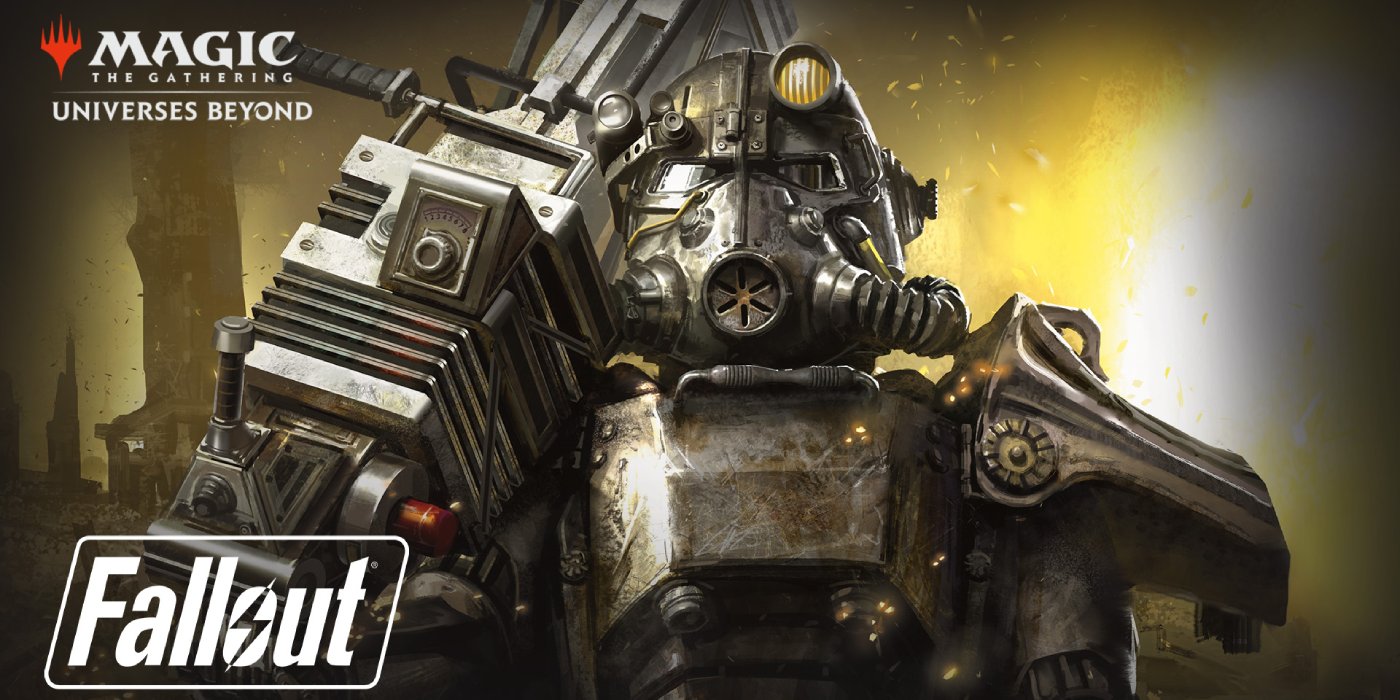
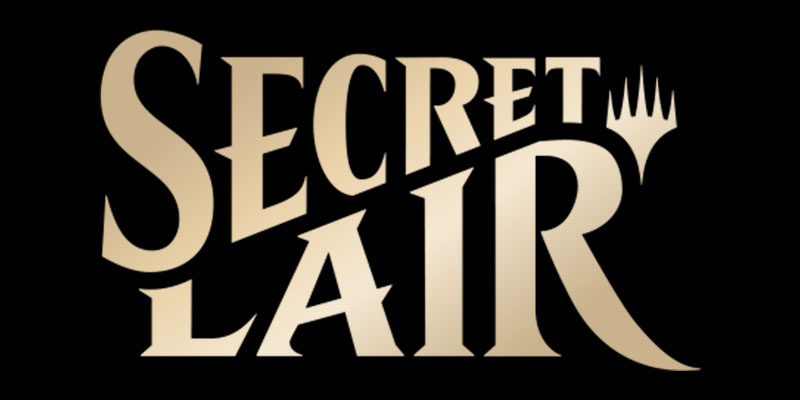
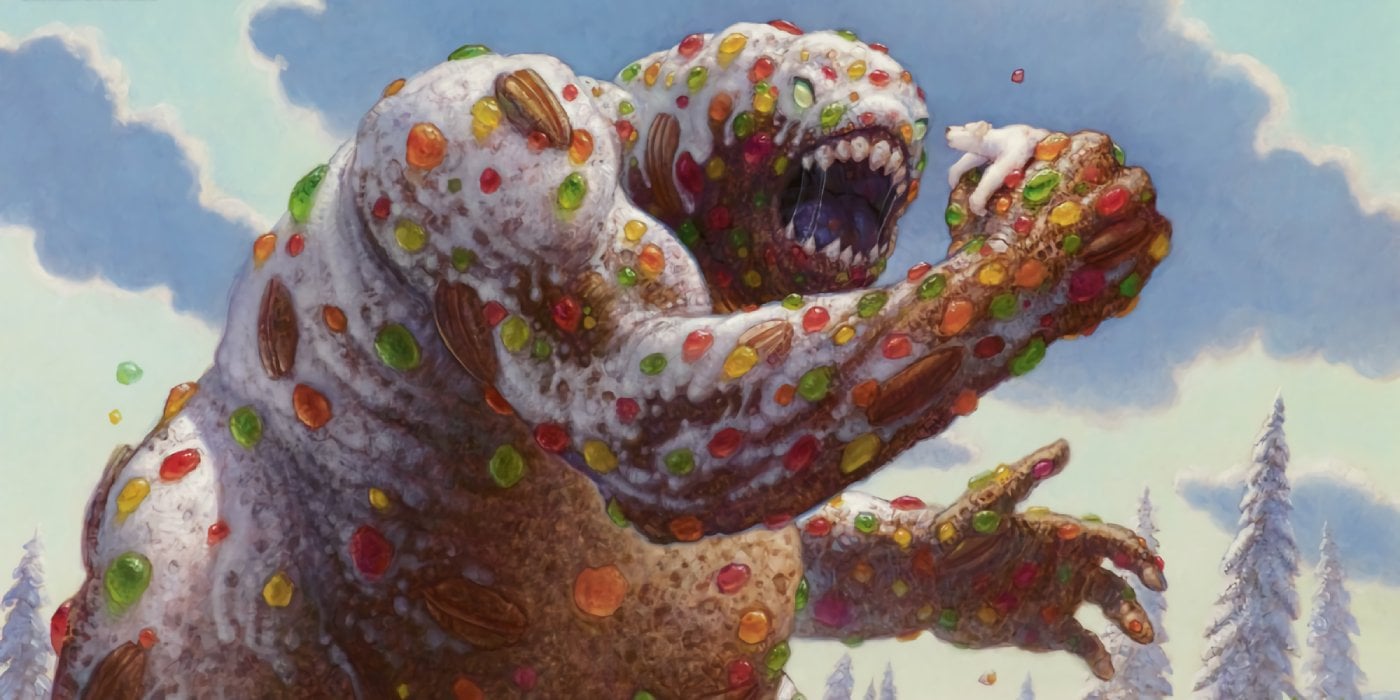
Comments
I love seeing articles and youtube videos about strange cards. Floral Spuzzem is not one I've seen mentioned though I may own some of those. Hilarious I've never caught that the wording is so odd.
Coldsnap was a fun set. I actually loved the way they mixed up cumulative upkeep from just costing mana. Karplusan Minotour being a favorite of mine. Also the cards caring about their age counters, like Magmatic Core, was real unique.
I saw Chaos Orb's art in the thumbnail and was like "why even bother with Unglued cards? Isn't that cheating?" Completely forgot that was real XD